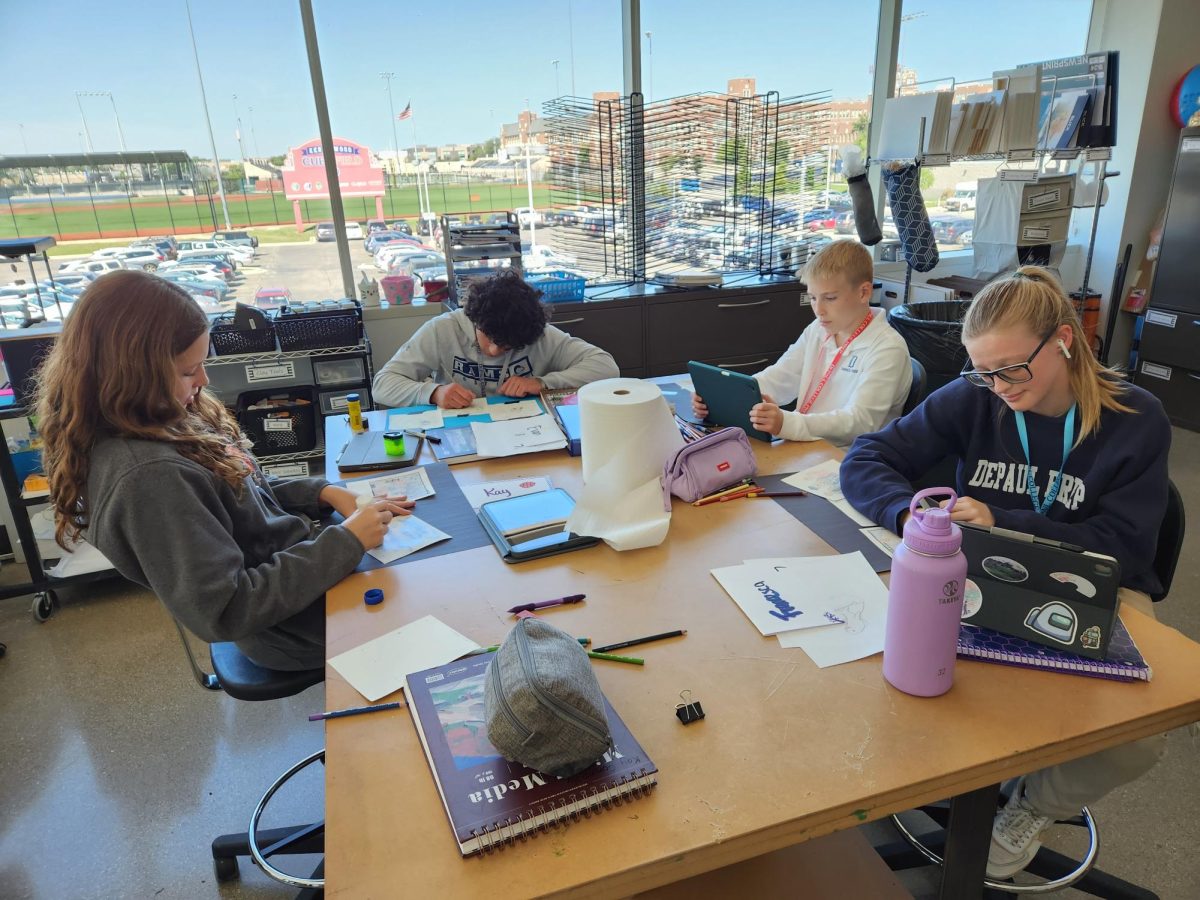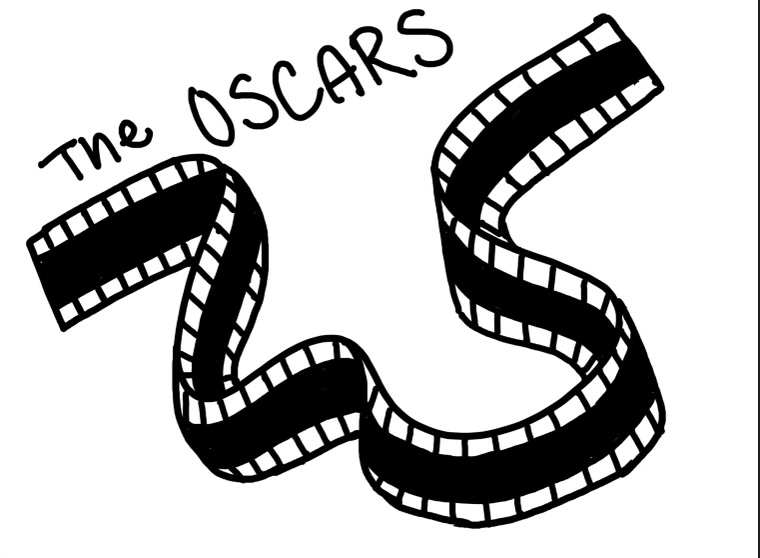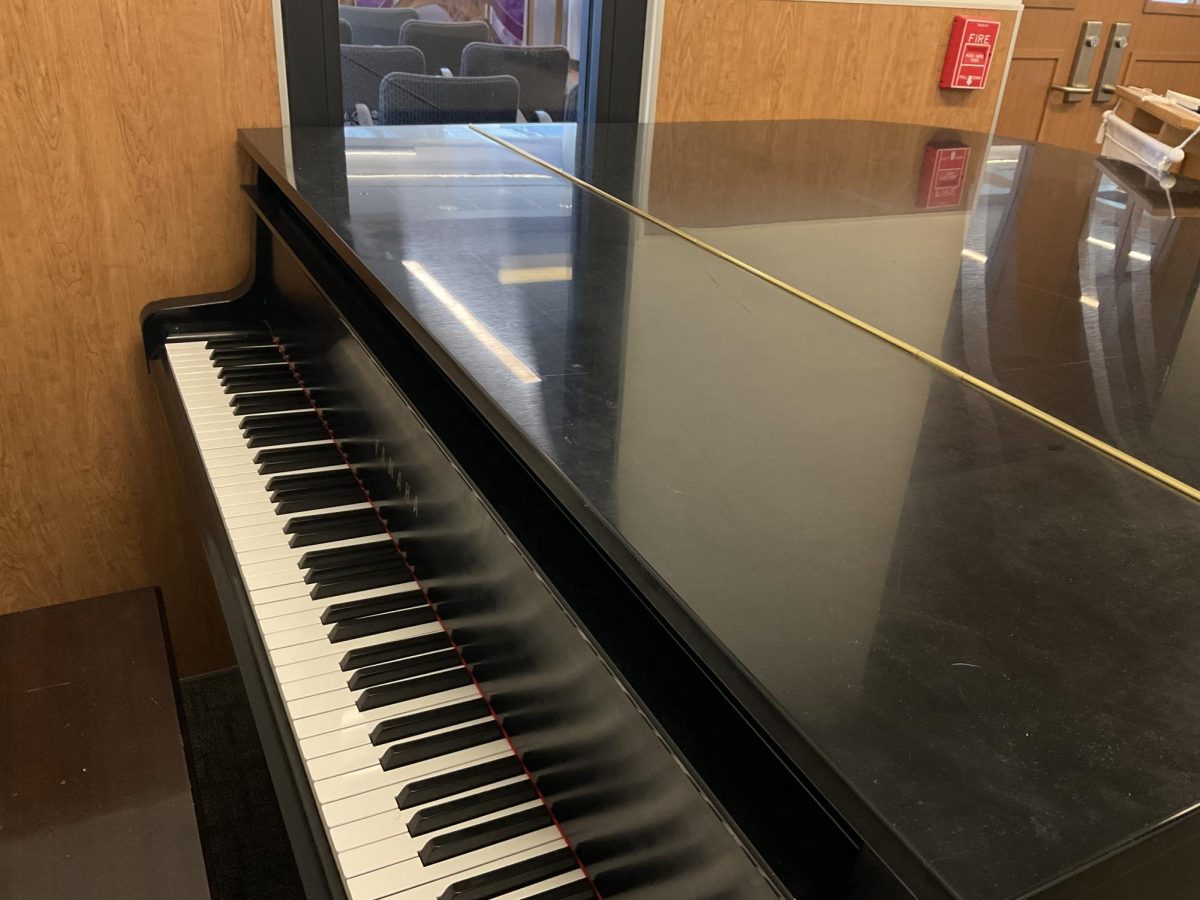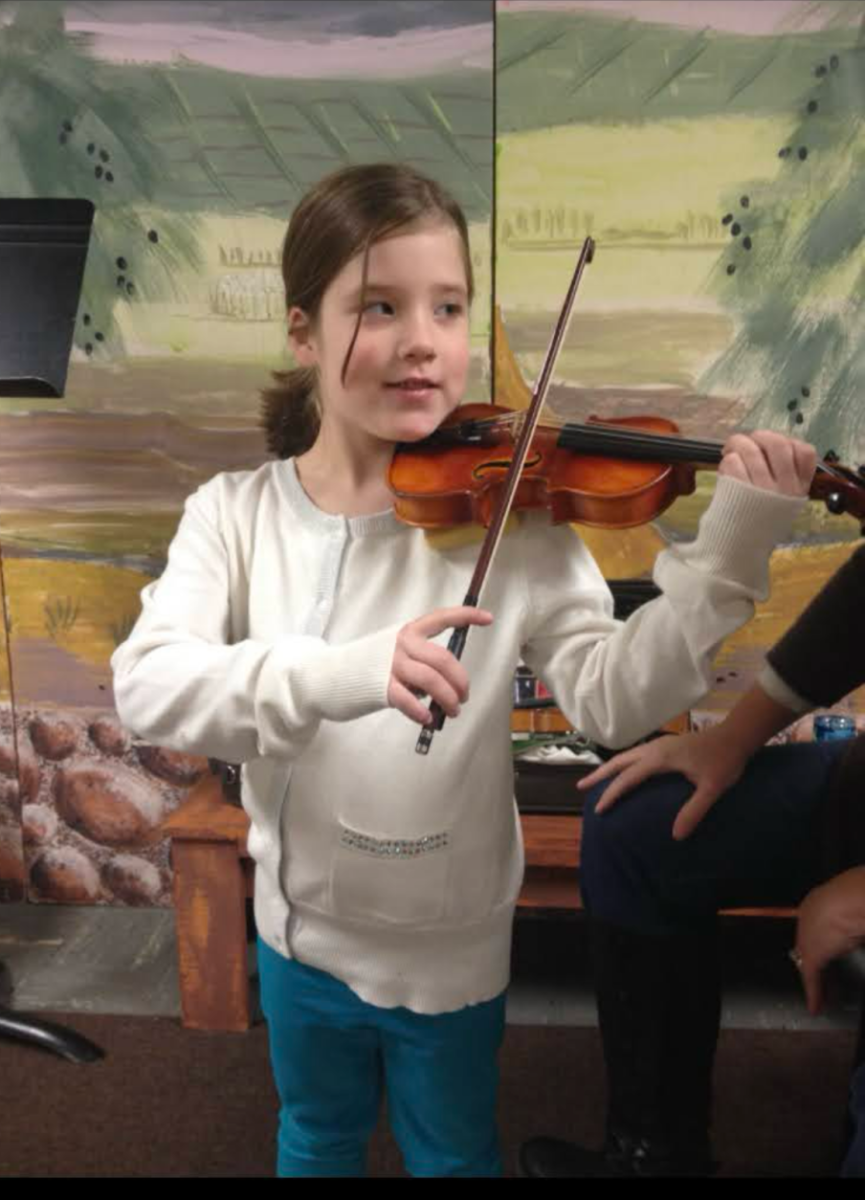Commonly abbreviated as STEAM, the Sciences, Technology, Engineering, Art, and Mathematics are subjects prevalent through high schools nationally and globally. Typically, these classes are sorted into departments depending on the school and their offerings, such as art and music.
Compared to the core classes students take throughout their high school years, like mathematics and English, these classes are known for the creative thinking and artistic expression they promote. By the time graduation arrives, high school students will have completed credits in one or more of these areas. Most states have a standard requirement of one credit (one year) of STEAM, but high schools may require more.
At DePaul Prep, there are a total of five STEAM departments, which include Theater, Music and Voice, Film and Media, and Fine Arts. Most courses are one semester long, which gives students 0.5 credit. There are also classes that are a full-year in length, such as Advanced Choir, or a part of a two-year program, such as IB Visual Arts. To graduate, in addition to their core requirements, seniors must have one credit in STEAM, which can be obtained from any area.
In recent years, the significance of art education has remained debatable, with many conflicting opinions circling social media platforms and article outlets. Does an arts education hold any drawbacks or benefits? Should more funding be put towards art programs? Should arts education be a requirement, or a choice students make themselves?
Victoria Aguilar, a visual arts teacher at DePaul Prep, attended Lane Tech, a nearby high school. There, she participated in an arts-focused program, where she took at least one art class per year. This program prepared her for her career as an art-teacher, but also changed her socially and emotionally as a person.
“In elementary school, I did not have arts. Music was cut because of funding. So as soon as I got to high school, I was able to take these classes,” said Aguilar. “School became more fun for me. I looked forward to it.”
Aguilar was able to find herself within the arts, as well as like-minded people she befriended.
“I felt like I was very much the artsy-kid. All my friends were either the theater kids, the music kids- that’s what we would call ourselves. I feel like that’s how I figured out who I was: going into these classes, finding my people” she said. “It created my friend group that kind of became my rock.”
Sophomore Francesca Gustafson has had a similar experience in STEAM. After taking Intro to Theater freshman year, and beginning the new school year with Art Foundations, Computer Science, and Art Club, Gustafson believes STEAM allows her to build stronger friendships with her peers.
“Art has created more opportunities for me to hang out with my friends,” Gustafson explained. “We all do stuff in the art room, and we all get to talk about things we’ve done before during class.”
Film teacher Jonathan Moeller has noticed these specific interactions between students he has previously taught. From the beginning to the ending of a course, he’s seen students become more extroverted.
Discussions that require students to talk about how they express themselves in the arts and their opinion about art pieces allow them to become more comfortable in social situations.
“Because we ask kids to talk a lot we ask kids to express their opinions,” Moeller said. “If you buy into that, that forces you to be a slightly more extroverted person in social situations.”
STEAM teachers also believe these classes provide an academic benefit despite differing from typical core classes. While core classes may require a lot of analytical thinking, such as solving an answer to a math problem, STEAM classes require creative thinking that leads to more than one end result.
“Creative thinking is different from analytical thinking” Moeller explained. “Both are important, obviously, but the type you may do most days in math class where you’re analyzing math problems and trying to figure out the solution. In STEAM, at least in the art classes, there’s no one way to do things. Even [in] computer science, there’s probably multiple ways to code to get an end result.”
Taking into consideration the social-emotional and creative aspects, Moeller believes STEAM allows students to become more well-rounded people, which fulfills human potential.
“You never want to just be one thing. You don’t just want to be an analytical student. You don’t just want to be a high-achieving, reading-comprehensive student,” he explained. “Human beings should be well-rounded and have multiple skills. STEAM can push you into developing areas you may not be as comfortable with, or the reverse.”
Gustafson has seen the extent of how exposure to new ideas and methods of thinking can impact students and their choices. A senior at DePaul Prep, whom Gustafson has talked to before, decided to take Computer Science. After that class, he decided to take AP Computer Science. These classes allowed him to find his passion in the area, which may lead to a future career choice.
“I know a senior,” Gustafson explained. “ [Who’s thinking of majoring] in computer science in college because of the computer science class he took.”
In fact, Gustafson herself is thinking about majoring in engineering or computer science because of the past and current classes she’s taking.
“I’ve already tried to plan my college major,” she said. “I was like ‘I could do engineering’, but Computer Science is making me more interested.”
According to Moeller, Aguilar, and Gustafson, because of all the general benefits it provides, STEAM should be a nationwide requirement for high school students.
“I’m already planning on taking another STEAM class next year,” said Gustafson.







